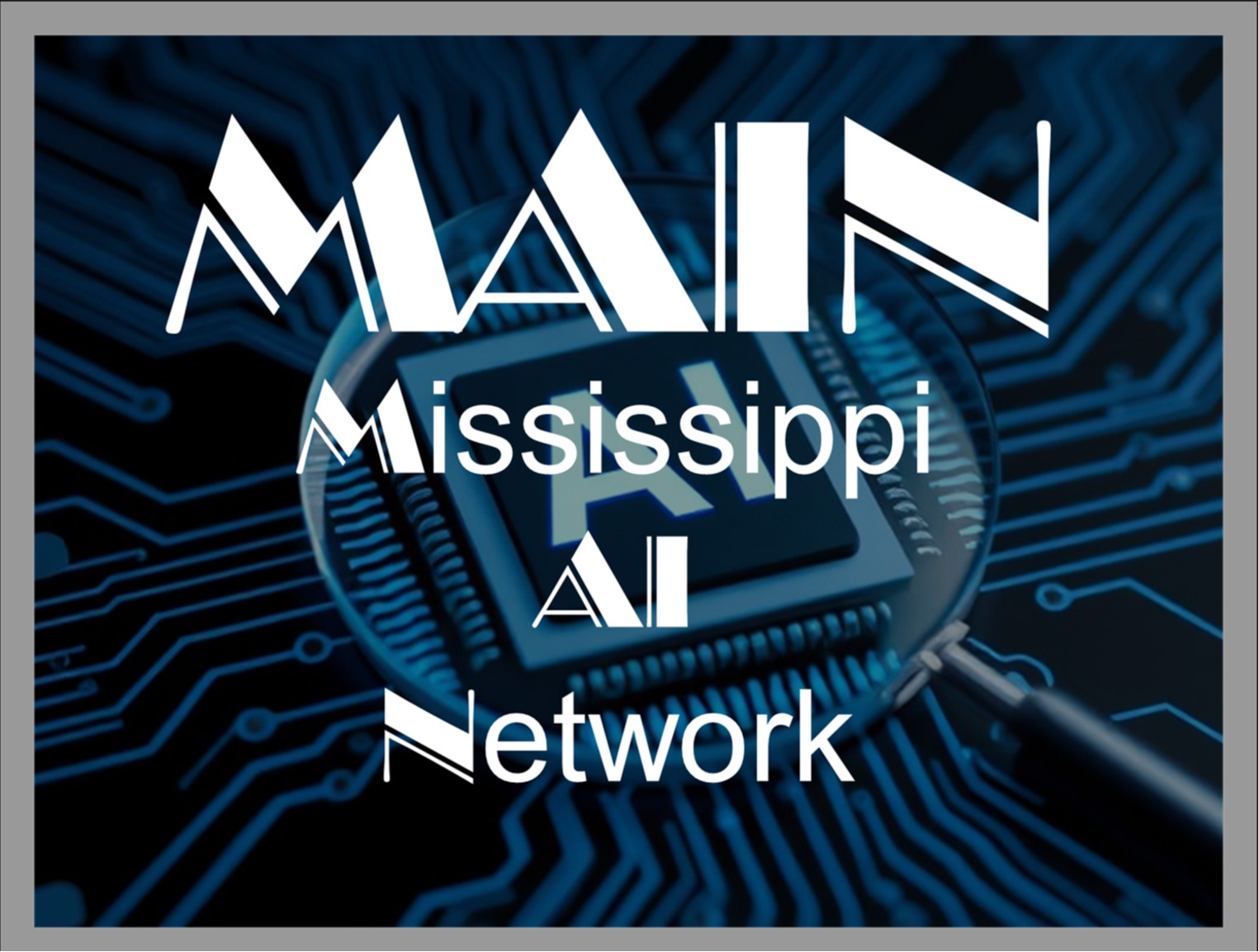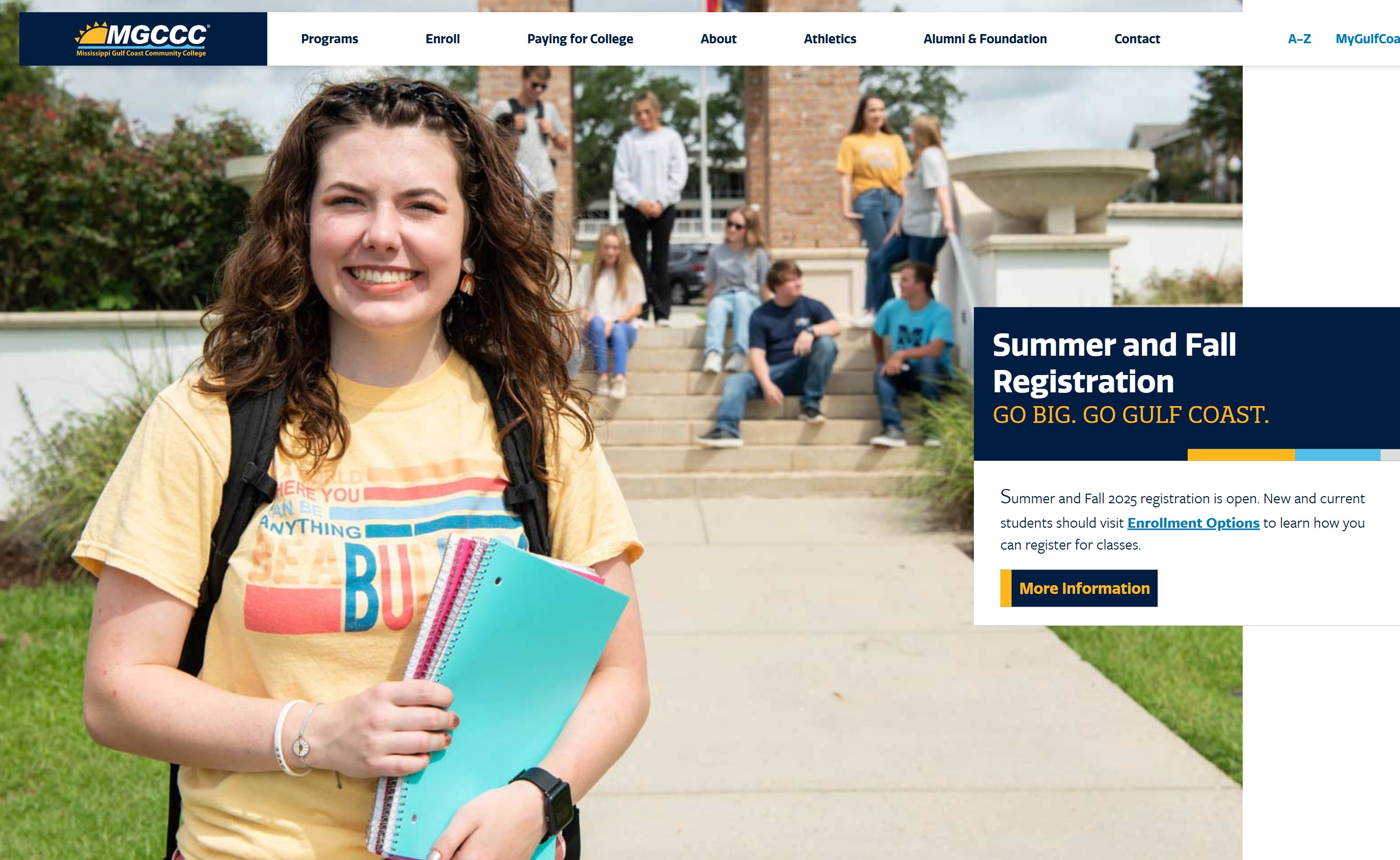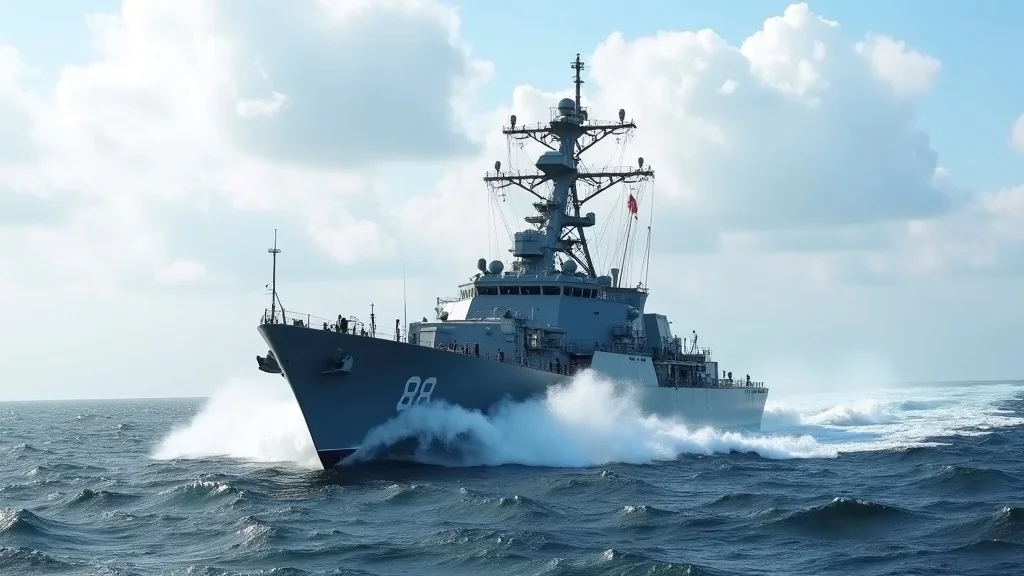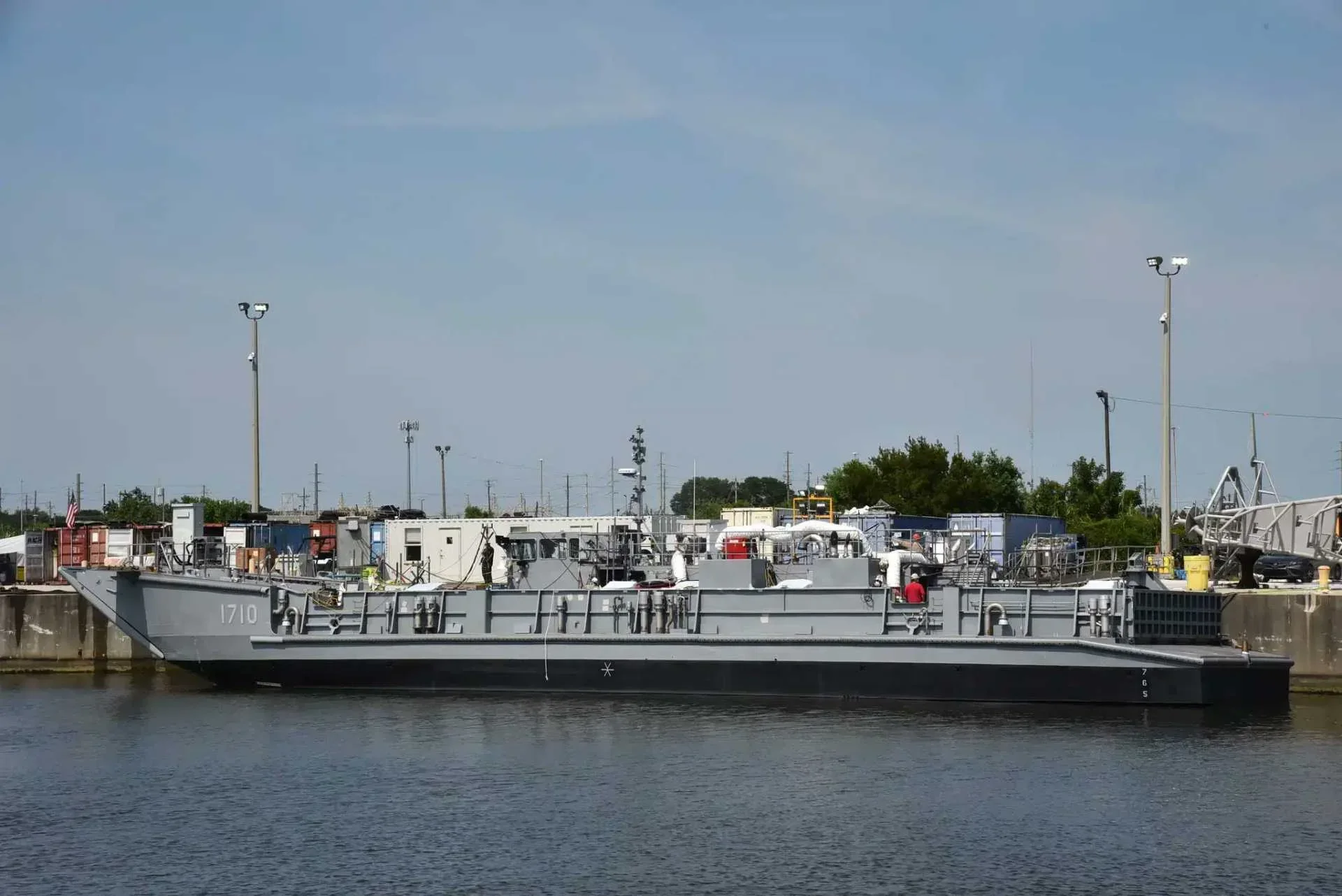Did you know that the Mississippi Artificial Intelligence Network (MAIN) has powered a sixfold increase in AI workforce participation along the Gulf Coast in just three years? This rapid expansion is not only transforming education but is reshaping the entire economic landscape of Mississippi. Discover how the Mississippi Gulf Coast is becoming a leader in AI innovation , blending community vision with cutting-edge technology.

Reimagining Tomorrow: The Mississippi Artificial Intelligence Network (MAIN) and Its Statewide AI Impact
The Mississippi Artificial Intelligence Network (MAIN AI) is on a mission to transform the future of the state through open-access AI education, innovative partnerships, and comprehensive workforce training and workforce development programs. With stakeholders ranging from Gulf Coast community colleges to leading tech companies, MAIN is building an artificial intelligence network meant to empower individuals, industry, and local economies.
MAIN’s statewide AI initiative started as a small project but has grown into a driving force behind AI courses , certifications, and hands-on training that are accessible to residents from all backgrounds. By focusing on AI concepts and the needs of the evolving workforce, MAIN addresses the crucial skills gap and ensures rural communities aren’t left behind in the tech revolution sweeping the country. This model follows a collaborative approach—facilitating professional development and industry integration while making innovation practical and attainable.
-
The catalysts, mission, and vision behind MAIN
-
How MAIN is facilitating workforce development and AI courses in Mississippi
-
Key initiatives improving statewide AI accessibility
-
The impact on economic growth and workforce training
-
Personal perspectives on MAIN’s transformative journey
-
Opportunities for residents, education, and industries
The Emergence of the Mississippi Artificial Intelligence Network (MAIN): Shaping Artificial Intelligence Across the Gulf Coast
From Community College to Statewide AI Initiative: How MAIN Started
The origins of the Mississippi Artificial Intelligence Network (MAIN AI) trace back to the corridors of Mississippi Gulf Coast Community College . Recognizing the pressing need for tech-driven education, visionaries within the college championed early AI courses that would eventually serve as the backbone for a much broader statewide AI initiative. Their idea was simple but ambitious: democratize AI education so that both students and working professionals could develop future-proof skills without leaving the Gulf Coast. This focus on accessibility and practical skill-building marked the start of what would become a transformational network for Mississippi.
MAIN’s early curriculum was grounded in real-world applications, such as data analytics and machine learning, forming the foundation of its AI courses. These ai courses were structured with input from industry leaders, ensuring each participant gained hands-on experience in ai concepts that local employers actually needed. As the program flourished, it quickly garnered attention from other community colleges , state officials, and tech advocates, setting the scene for a statewide ai initiative that would integrate education, workforce, and economic development into one cohesive movement.
Key Partnerships: Mississippi Gulf Coast Community College and the Coast Community
MAIN AI’s success rests heavily on its dynamic partnerships—especially with Mississippi Gulf Coast Community College (MGCCC) and the broader coast community—strengthening its AI initiative and workforce development efforts . These collaborations ensure the intelligence network remains responsive to the unique needs of Mississippi’s workforce. MGCCC plays a pivotal role in integrating MAIN’s ai education with existing curricula while supporting outreach to neighboring colleges and local industries.
Community engagement is at the heart of every partnership. MAIN regularly hosts workshops, public seminars, and free AI training sessions to spark curiosity and participation among high schoolers, adults seeking career changes, and business leaders. These efforts aren’t limited to classrooms; they extend to collaborative projects with companies like Dell Technologies and input from organizations including the Mississippi Department of Education. The result is a network effect that magnifies MAIN’s statewide AI initiative, allowing the program to shape not just individual careers, but entire economic ecosystems along the Gulf Coast and beyond.
"MAIN is laying the foundation for a revolution in Mississippi artificial intelligence by building a collaborative, future-ready community."

MAIN AI Courses and Workforce Development: Preparing Mississippi for the Future with the Mississippi Artificial Intelligence Network
AI Courses at the Mississippi Gulf Coast: Bridging the Skills Gap Through the Artificial Intelligence Network
The Mississippi Artificial Intelligence Network (MAIN AI) has revolutionized AI education along the Mississippi Gulf Coast by introducing a diverse suite of AI courses and workforce training programs tailored for emerging job markets. Offered at the Gulf Coast Community College , these courses are designed to bridge the ever-widening skills gap in Mississippi’s tech sector. From introductory ai concepts to advanced machine learning and generative AI applications, MAIN’s curriculum puts practical tools in the hands of both students and professionals.
What sets MAIN’s program apart is its close collaboration with faculty who understand both industry trends and community needs. Courses are updated regularly, ensuring content is relevant in a rapidly changing technology landscape. Coursework goes beyond the theoretical, emphasizing hands-on projects that mimic real-world business challenges. This approach gives learners direct experience with leading technologies, making them agile and job-ready for an evolving market. The open-access spirit of MAIN means that many AI courses are made available to the public, allowing even those outside traditional academia to benefit from Mississippi’s AI revolution.
For those interested in how technology-driven change can impact traditional sectors, the story of farmers challenging repair restrictions on their equipment offers a compelling parallel to MAIN’s mission of democratizing access and innovation. Explore the dynamics of technology, access, and empowerment in how farmers are fighting back against repair limitations imposed by major manufacturers .
Workforce Training and Upskilling Initiatives Powered by MAIN
MAIN’s commitment to workforce training and workforce development is a central pillar of its impact along the Gulf Coast, driving economic growth and preparing Mississippi’s workforce for the future. By partnering with local industries, the intelligence network crafts targeted upskilling routes that respond to employer demands. Initiatives include interactive boot camps, mentor-led internships, and online certification programs available throughout Mississippi. These resources are designed not just for students, but for the existing workforce—enabling mid-career professionals to pivot into tech roles or upskill into advanced positions without relocating.
The results are tangible: hundreds of adults have completed MAIN-powered training, earning industry-recognized certifications that open doors in robotics, data science, and machine learning. The close partnership with Gulf Coast Community College allows for seamless transition from fundamental skills to specialized ai education, providing a nurturing environment for lifelong learning. MAIN’s intelligence network is thus equipping the region for an AI-powered future, setting a replicable standard for workforce development, workforce training, and economic empowerment across the state.
-
Overview of in-demand AI courses and certifications
-
Interactive programs and workforce development resources
-
Partnership and engagement with the Mississippi Gulf Coast community college

Driving Economic Growth: The Broader Impact of the Mississippi Artificial Intelligence Network (MAIN)
From Local to Statewide AI: MAIN Fueling Economic Expansion on the Gulf Coast
The impact of the Mississippi Artificial Intelligence Network (MAIN AI) isn’t confined to classrooms; it extends directly into the economic engines powering the Gulf Coast, driving significant economic growth through workforce training and AI initiatives. As the intelligence network has grown, it has catalyzed new business ventures, increased investments, and fostered alliances that fuel regional prosperity. By embedding AI education and practical workforce training in the DNA of Mississippi’s workforce, MAIN AI has positioned the region as a leader in AI and a magnet for high-tech industries seeking skilled talent.
The evidence is clear in MAIN’s metrics: AI course offerings have multiplied, industry partnerships have quadrupled, and workforce participation skyrocketed. New businesses have chosen the Gulf Coast for their proximity to this skilled talent pool, kickstarting a cycle of sustainable economic growth . Because MAIN’s vision is rooted in community needs, this growth is inclusive—opening new opportunities for all, from recent graduates to seasoned professionals in traditional industries like manufacturing and logistics.
The Artificial Intelligence Network as a Catalyst for Industrial Innovation
MAIN is more than an education provider; it is a catalyst for industrial innovation along the Mississippi Gulf Coast. Through direct collaboration with manufacturers, logistics companies, and healthcare providers, MAIN’s AI experts pilot projects that increase productivity, cut costs, and speed up digital transformation. These projects combine the technical talents forged in AI courses with real-world business challenges, resulting in AI-powered solutions custom-fit to the coast community’s needs.
MAIN’s unique model encourages shared growth by combining AI courses, workforce training, and economic growth strategies. Businesses gain a competitive edge through the latest AI technologies, while students and job seekers acquire invaluable experience through internships and live innovation challenges. This two-way pipeline not only boosts Mississippi’s reputation as a statewide AI hub , but empowers small and medium enterprises in the Gulf Coast to stay ahead of national and global trends.
|
|
|
Comparing Key Metrics Before and After MAIN’s AI Initiative |
|
Metric |
Before MAIN |
After MAIN |
|---|---|---|
|
Number of AI Courses |
2 |
15 |
|
Workforce Participants |
150 |
900+ |
|
Industry Partnerships |
3 |
12 |
|
Community College Involvement |
Low |
Extensive |
Mississippi Artificial Intelligence Network (MAIN) Success Stories: Real-World Results from the Coast Community
-
Gulf Coast Community College graduates landing AI industry roles
-
Local enterprises boosting productivity with MAIN-driven AI projects
-
Individual career transitions powered by AI courses
Success stories abound along the coast community, cementing MAIN’s legacy as a true engine of opportunity. For example, recent graduates from Gulf Coast Community College have secured coveted roles at regional tech startups and even national AI leaders—roles that previously might require leaving Mississippi. These hires credit MAIN’s hands-on curriculum and industry partnership programs with giving them a decisive edge.
Local companies, meanwhile, report dramatic increases in productivity after deploying AI-powered automation learned from MAIN’s collaborative initiatives. Small businesses now leverage custom chatbots and predictive analytics, while healthcare providers have integrated machine learning models to better serve patients. Perhaps most transformative of all, countless adults have pivoted their careers—sometimes from as far afield as manufacturing or hospitality—after enrolling in free or subsidized MAIN ai courses designed for upskilling and future-proofing employment.

Personal Reflections: How the Mississippi Artificial Intelligence Network Is Shaping the State’s AI Future
When talking with faculty, students, and local business owners involved in MAIN, one common theme emerges: hope. MAIN isn’t just about technology —it’s about personal transformation and collective ambition. Mississippi residents reflect on how MAIN has opened doors to new industries, ignited interest in STEM careers, and made cutting-edge knowledge accessible to everyday people.
The intelligence network has also redefined the role of higher ed in Mississippi. Instead of being simply a place for young students, community colleges have become lifelong learning hubs where people of all ages can return for professional development or retraining whenever needed. In this way, MAIN is not just preparing students for the workforce, but empowering entire communities for the technology-driven changes ahead. The AI initiative is celebrated for making Mississippi—so often overlooked in the national tech conversation—a legitimate player and visionary leader in AI education.
"MAIN represents more than a network; it’s the heartbeat of Mississippi’s artificial intelligence ambition."

Frequently Asked Questions About the Mississippi Artificial Intelligence Network (MAIN) and Statewide AI
-
What is the core mission of the Mississippi Artificial Intelligence Network (MAIN)? The core mission of MAIN is to democratize access to AI education, vocational training, and workforce opportunities throughout the state, equipping Mississippi residents with the skills needed for future careers while fueling statewide economic growth.
-
Which Gulf Coast community college partners with MAIN? Mississippi Gulf Coast Community College (MGCCC) is MAIN’s primary partner, working closely to design curricula, host programs, and connect the community with AI resources.
-

-
Are MAIN AI courses available to the public or just students? Many MAIN ai courses are open to the public, not just traditional students. This ensures adults seeking upskilling or a career shift can benefit alongside college enrollees and recent graduates.
-
How is workforce development prioritized by MAIN? MAIN places workforce training and workforce development at the center of its approach, offering certifications, workshops, and real-world projects tailored to the needs of the Gulf Coast’s evolving job market.
-
What are the economic benefits of a statewide AI initiative like MAIN? MAIN’s intelligence network drives economic growth by creating high-value jobs, supporting innovation among local businesses, and attracting tech investment to Mississippi’s Gulf Coast region.
People Also Ask: How is the Mississippi Artificial Intelligence Network (MAIN) Supporting Workforce Training?
The Mississippi Artificial Intelligence Network (MAIN) creates accessible and innovative workforce training programs in partnership with community colleges, emphasizing practical skills, scalable AI courses, and industry-aligned certifications. MAIN ensures both students and professionals in the Gulf Coast region are equipped for future tech careers.

People Also Ask: What Makes MAIN Unique Among Other Artificial Intelligence Networks?
Unlike many networks, the Mississippi Artificial Intelligence Network (MAIN) is rooted in the Mississippi Gulf Coast, boasts robust community college collaborations, and maintains a laser focus on local economic growth, open-access AI knowledge, and inclusive technology training.
Watch how MAIN integrates advanced AI technology in real classrooms and community projects across the Gulf Coast.
Meet graduates and local business leaders who have transformed their futures through MAIN-powered AI courses and training.
Key Takeaways on the Mississippi Artificial Intelligence Network (MAIN) as a Model for Statewide AI Progress
-
MAIN’s network bridges academia, industry, and community for transformative AI impact in Mississippi.
-
Strategic partnerships with Gulf Coast community college drive accessibility and real-world skill development.
-
MAIN’s workforce training elevates the state’s economic and educational profile.
-
The artificial intelligence network serves as a replicable blueprint for other regions.
Experience the Future: Connect with the Mississippi Artificial Intelligence Network (MAIN) and Shape the Next Wave of AI Innovation Now
-
Ready to upskill, connect, or partner? Visit https://gulfcoasttech.net/ today and become part of the growing artificial intelligence network in Mississippi.
If you’re inspired by how MAIN is transforming Mississippi’s AI landscape, you may also be interested in exploring the broader forces shaping innovation and opportunity across the tech sector. For a deeper dive into how women-led startups are navigating challenges and driving progress in the face of shifting investment trends, discover the latest insights on the evolving landscape of venture capital funding for women-founded startups . Expanding your perspective on innovation ecosystems can help you anticipate future trends and identify new opportunities for growth—whether you’re a student, entrepreneur, or industry leader ready to shape what’s next.
The Mississippi Artificial Intelligence Network (MAIN) is pioneering AI education and workforce development across the state. For a comprehensive understanding of MAIN’s mission, partnerships, and the free AI courses available to Mississippi residents, visit the official MAIN website. ( mainms.org ) Additionally, the Southern Regional Education Board provides an insightful overview of MAIN’s initiatives and their impact on the region. ( sreb.org ) These resources offer valuable information for anyone interested in AI education and innovation in Mississippi.
 Add Row
Add Row  Add
Add 




Write A Comment